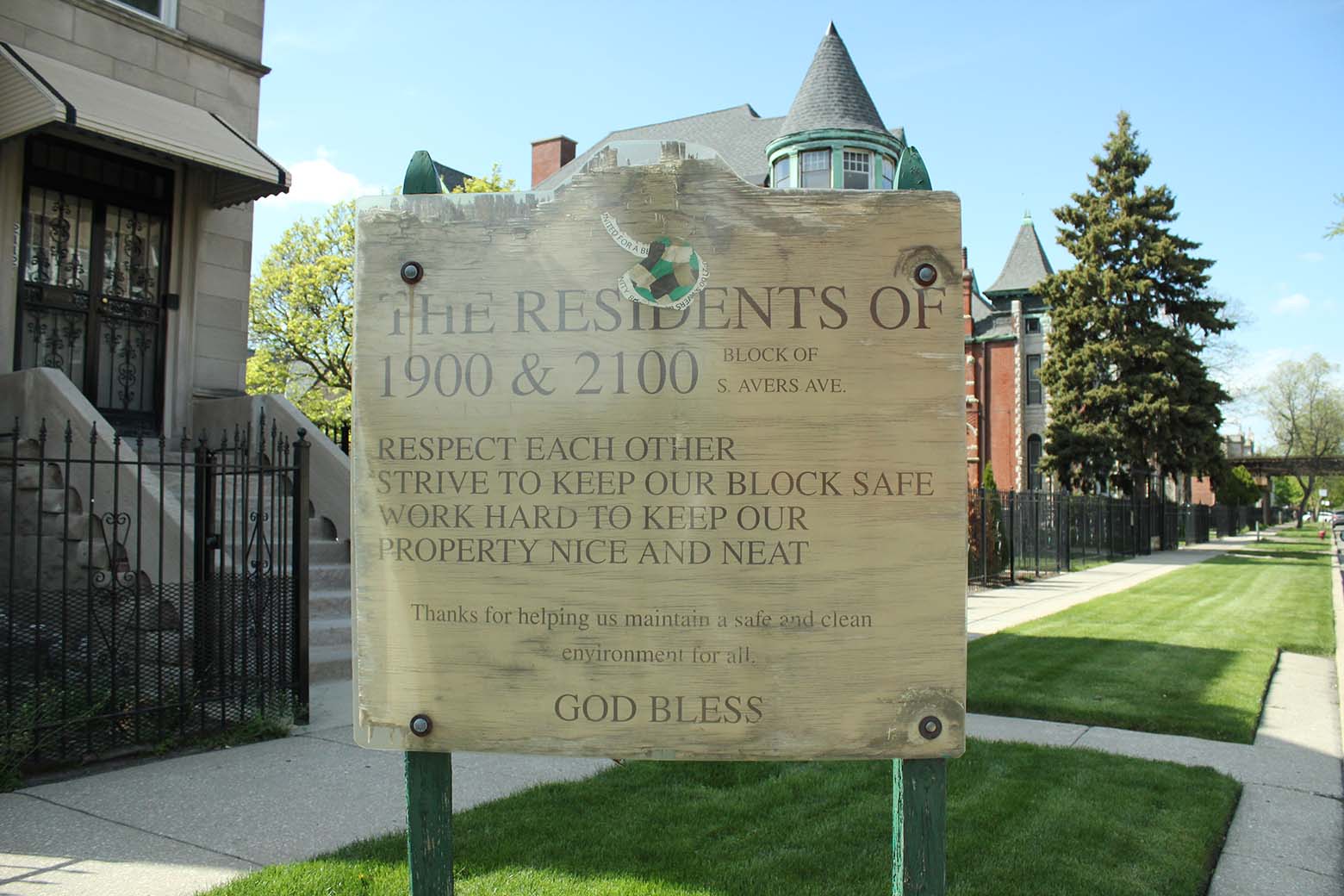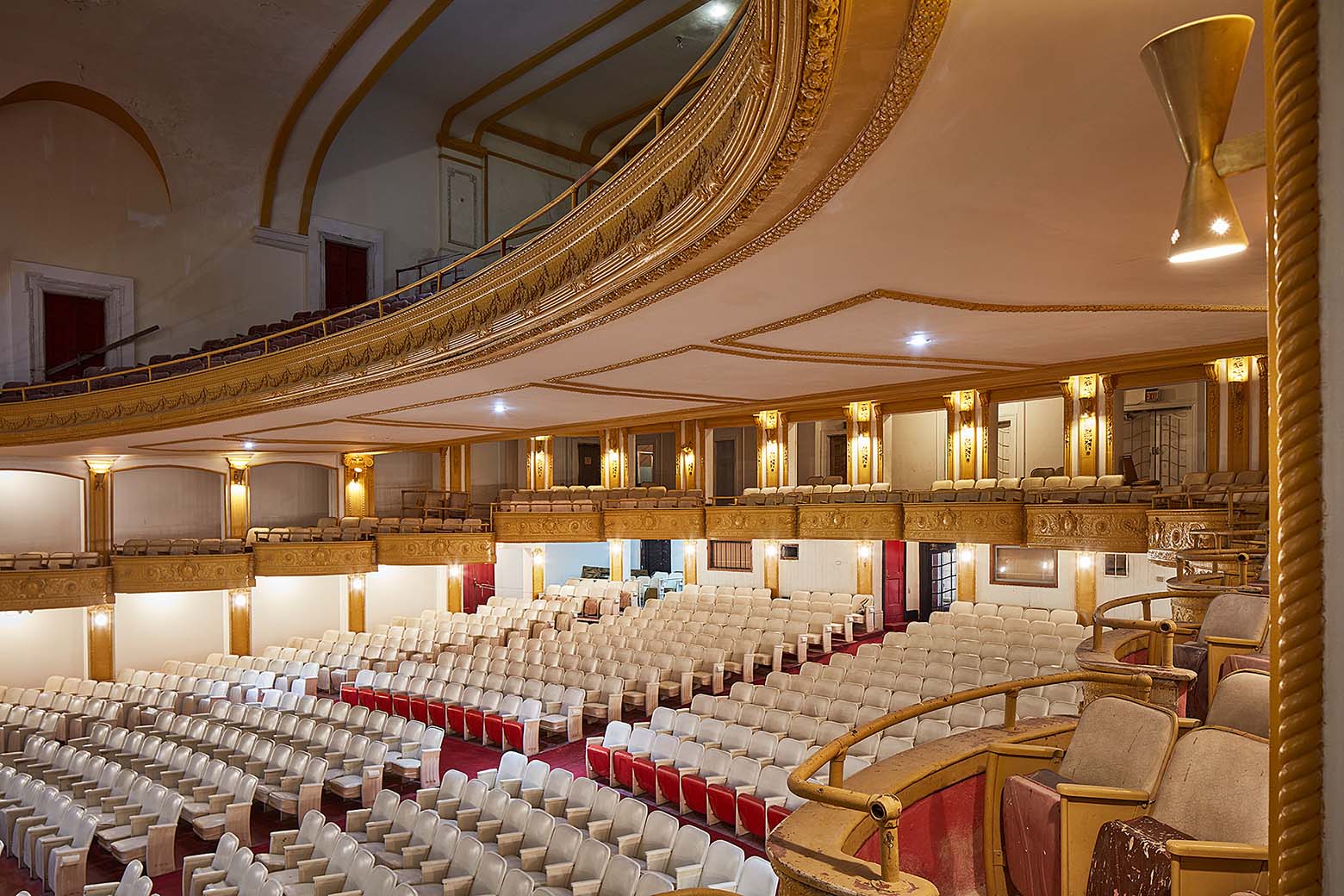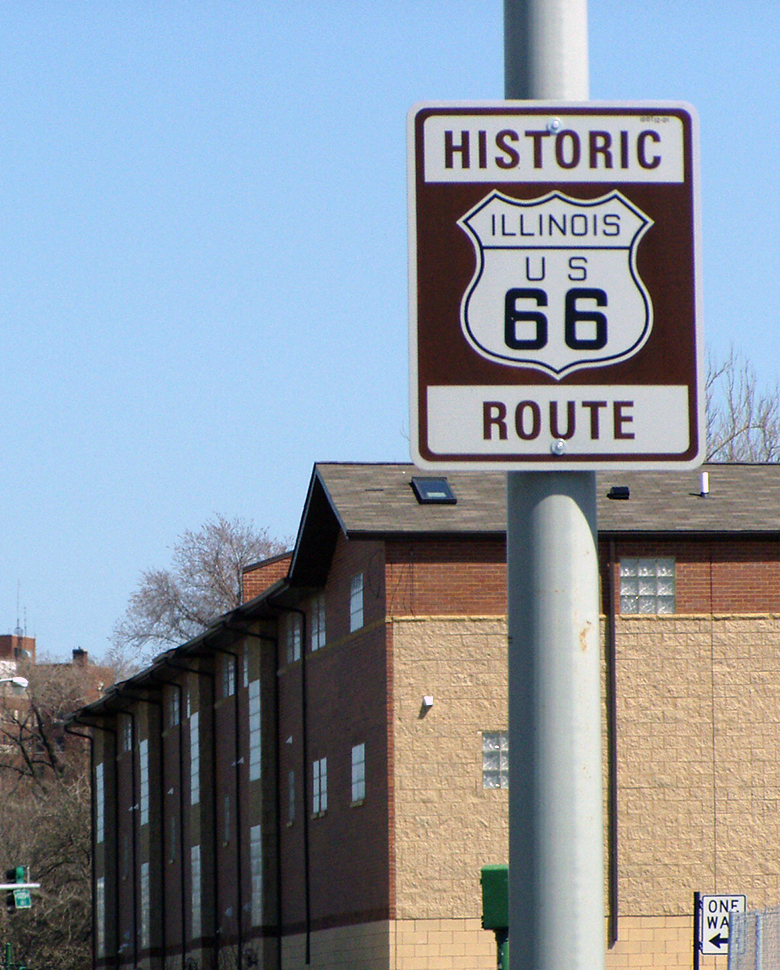
The Mission of the North Lawndale Historical and Cultural Society is to chronicle the historical narrative and educate the community about North Lawndale’s unique cultural assets, its people and its architecture.
Click on image above for historical and cultrual details
North Lawndale Historical and Cultural Society Milestones
1999 - Small Grants Committee
In 1999, the Small Grants Committee was founded, with support by the Steans Family Foundation, to regrant funds to the community. Grantees included North Lawndale Community News, North Lawndale Employment Network, YMEN, and many others.
2010 - NLHCS
In 2010, the Small Grants Committee transitioned to become NLHCS after the success of the 2006 "Learning From North Lawndale: Past, Present and Future" exhibit at the Chicago Architecture Foundation.
2022 - Website Launch
In 2022, NLHCS launched its newly refurbished and expanded website, which will become the home of our growing digital archive collection for community and public access.
North Lawndale Museum
NLHCS’ ultimate goal is to develop a physical space to house artifacts and archives, and to become an historical hub within the community for research, education, and engagement.

North Lawndale has been home to Benny Goodman, Golda Meir, Cornelius Coffey, Martin Luther King, Jr. and many others. Sign up for tours of North Lawndale to learn more about our history, including
Since the development of Lawndale and annexation into the City of Chicago in 1869, the community has experienced many changes over time.
Pre-1900
Early 20th Century
Beginning in the 1940s

Click on image above for historical and cultrual details















